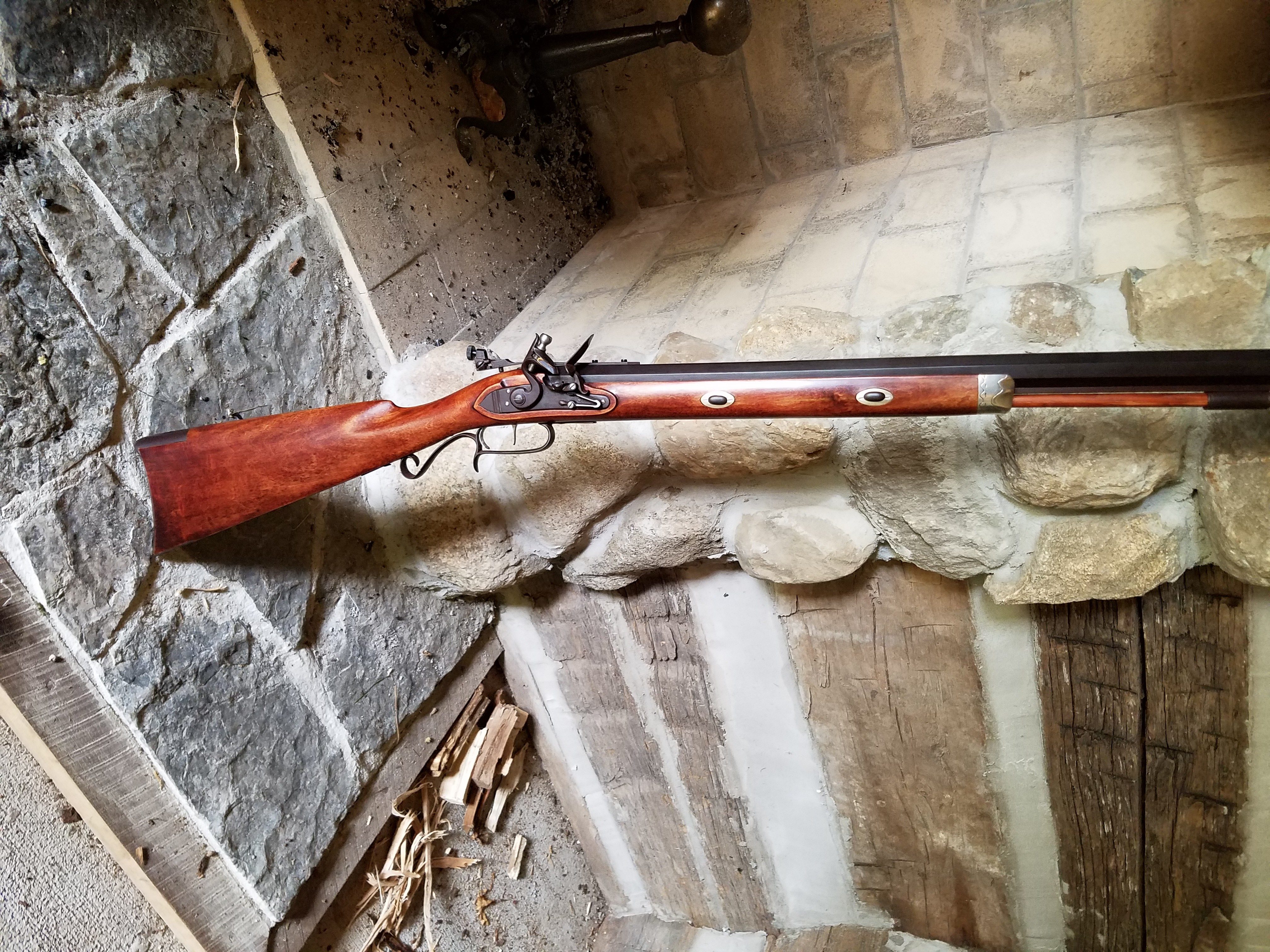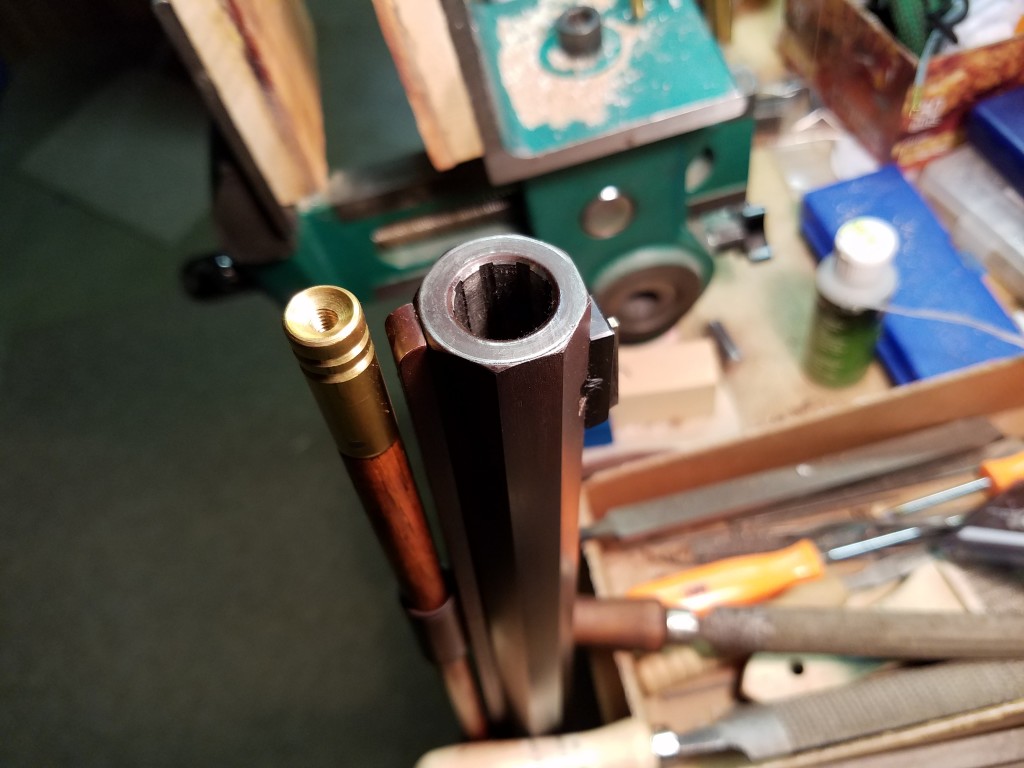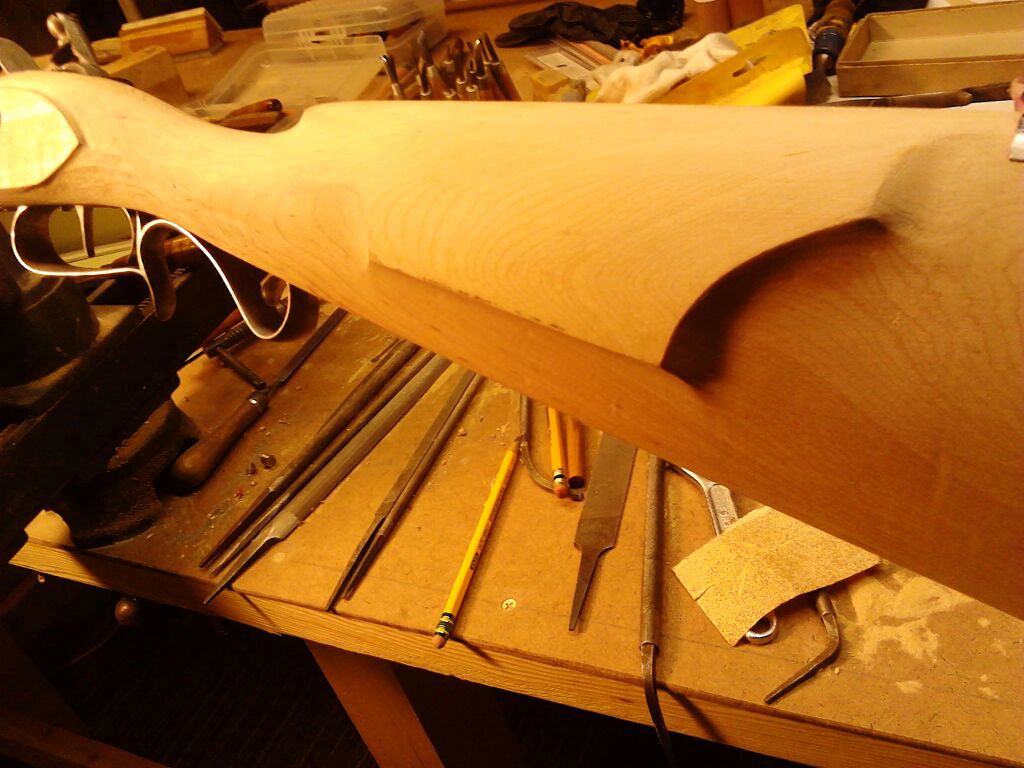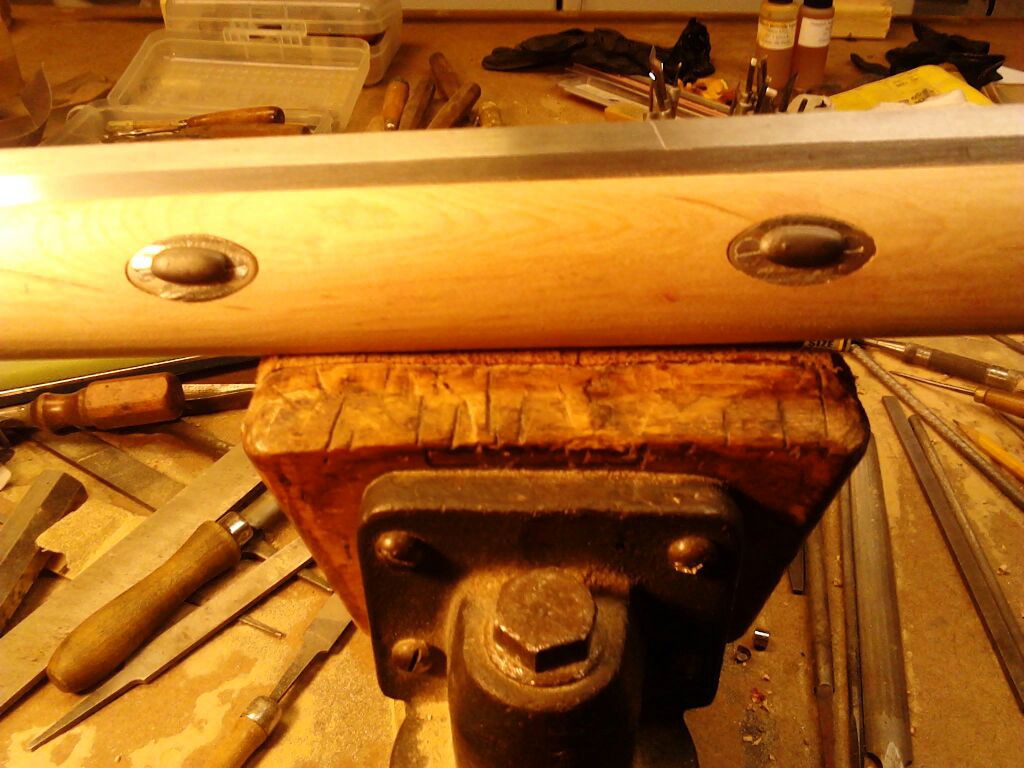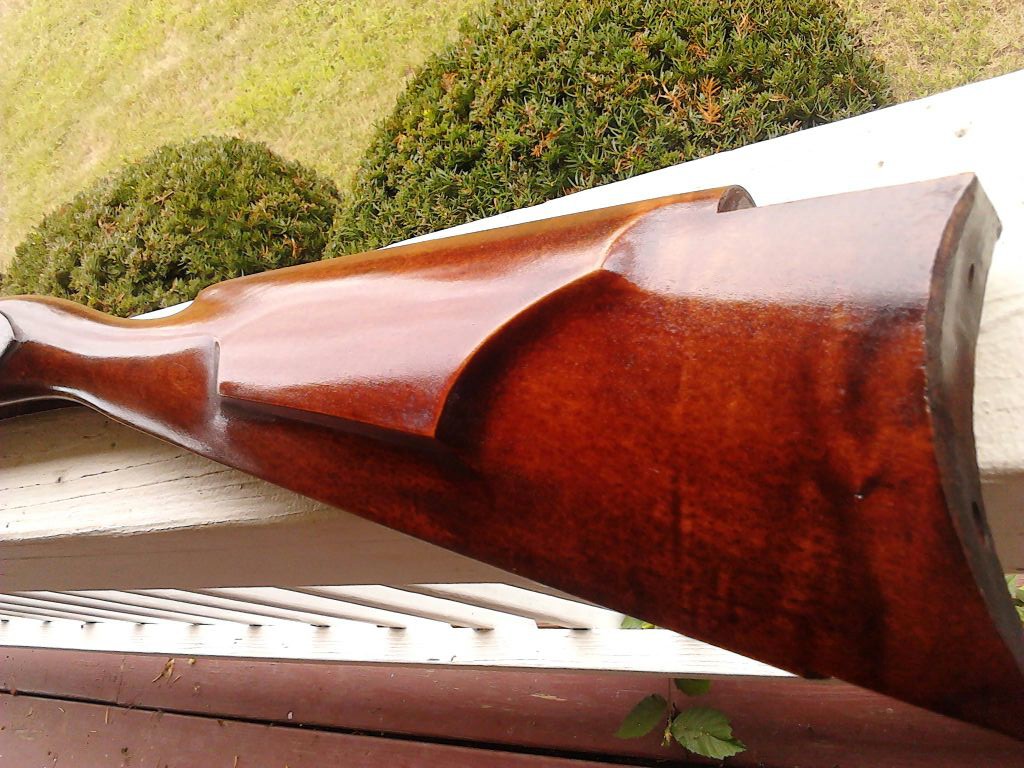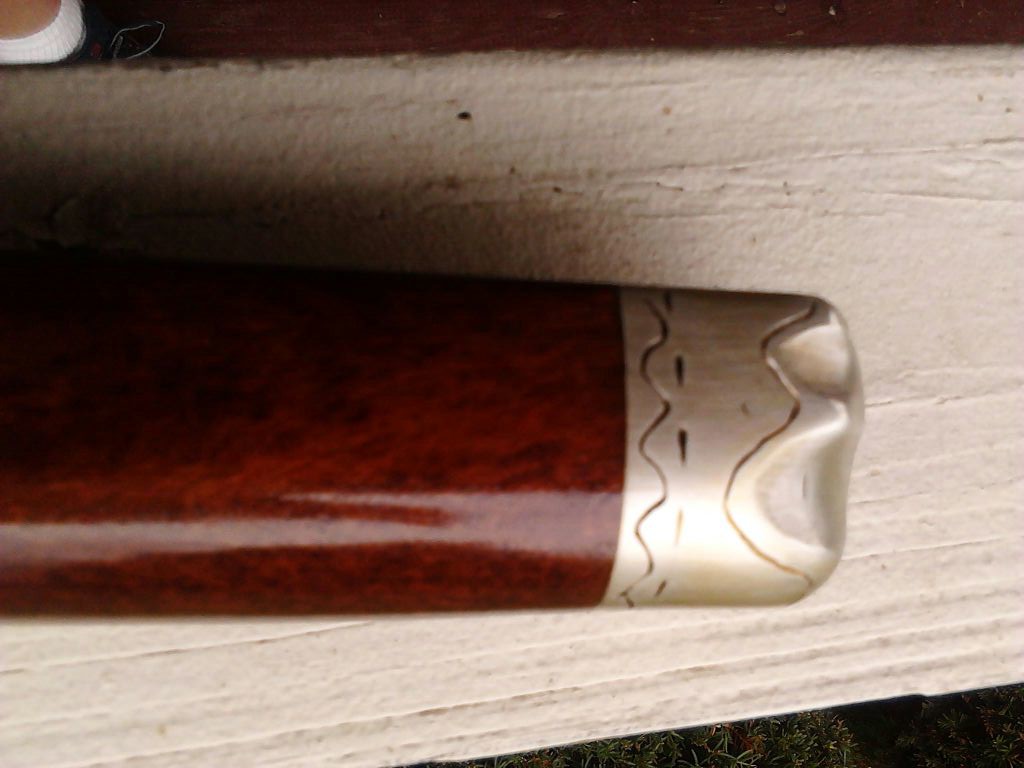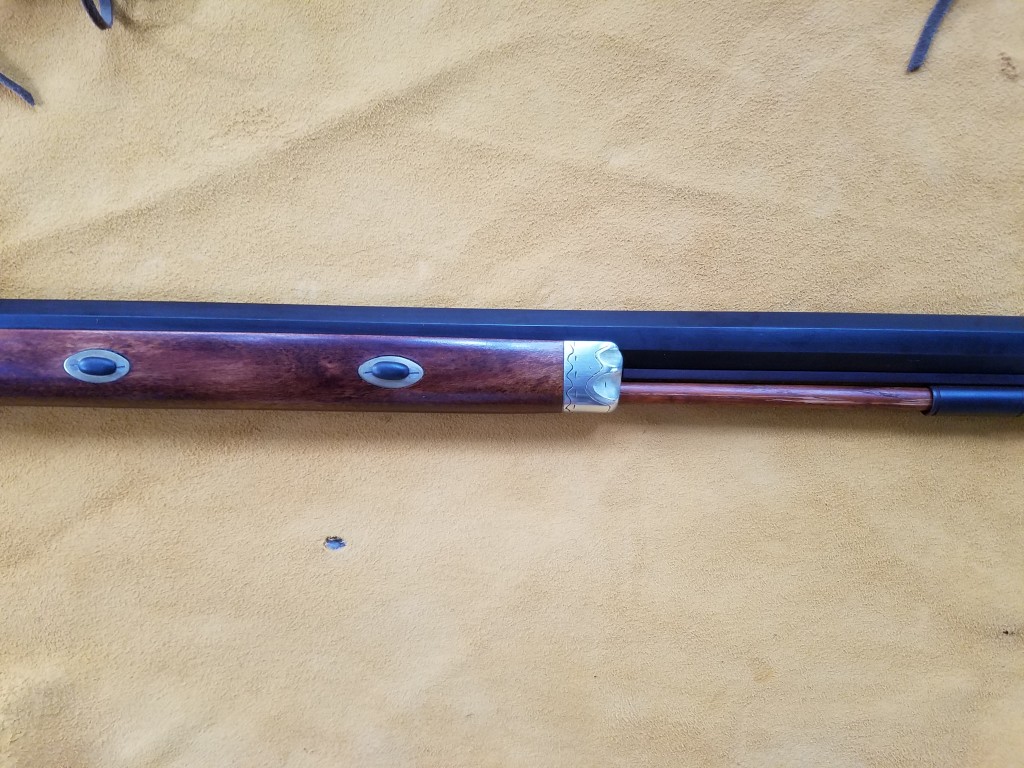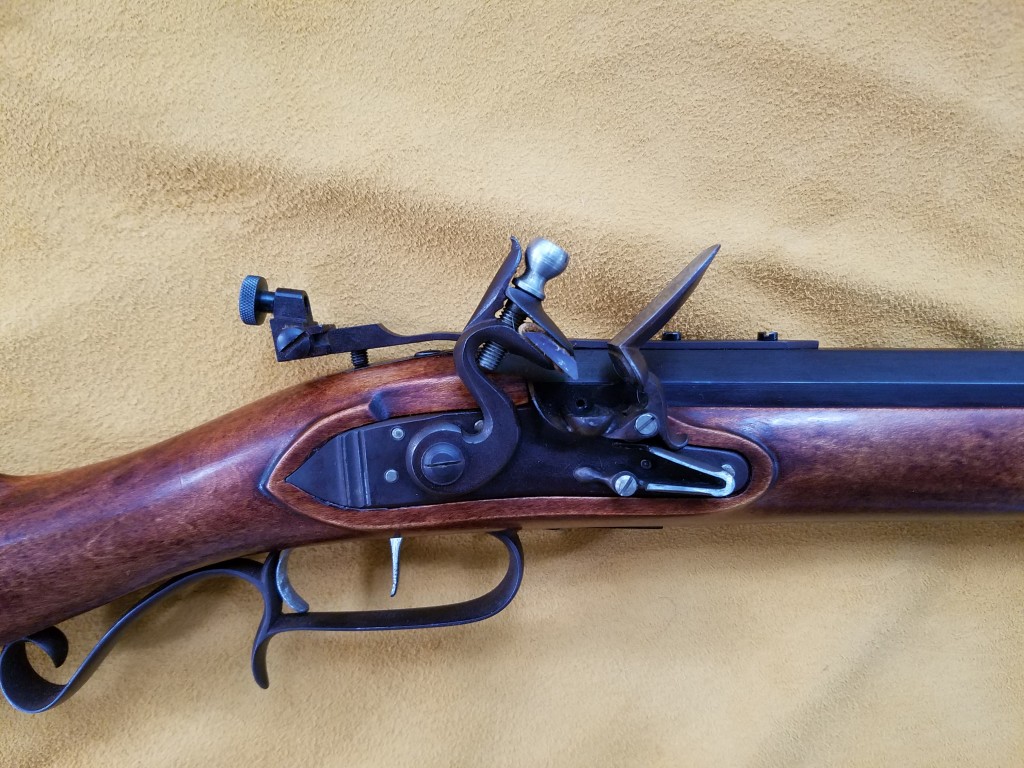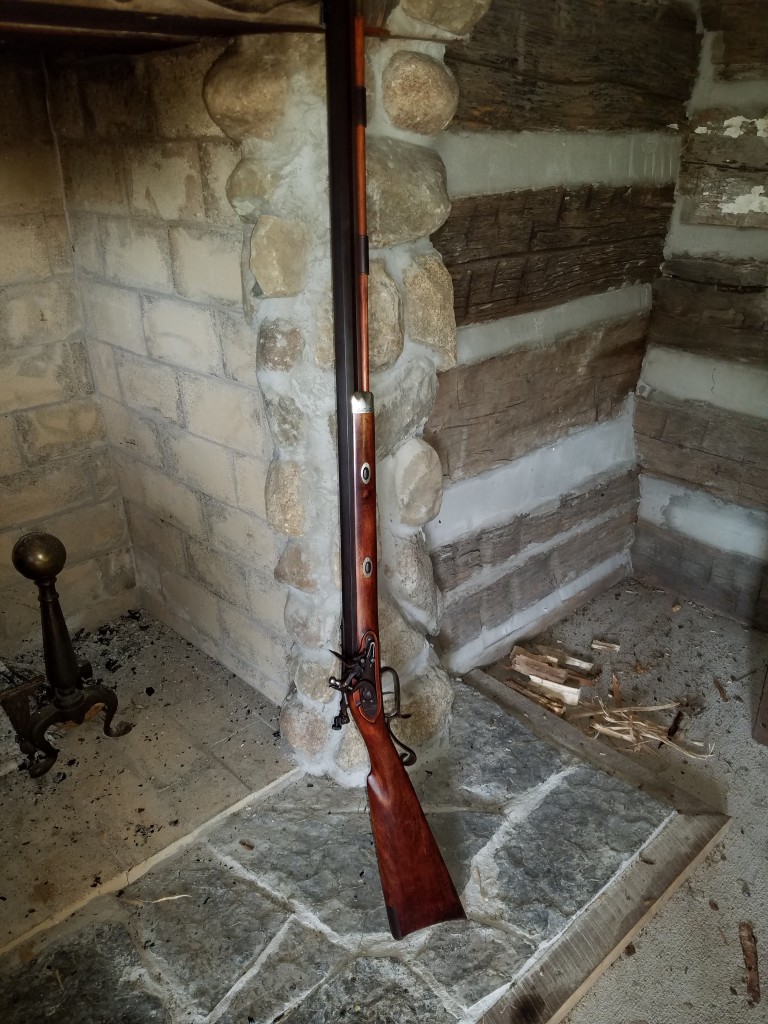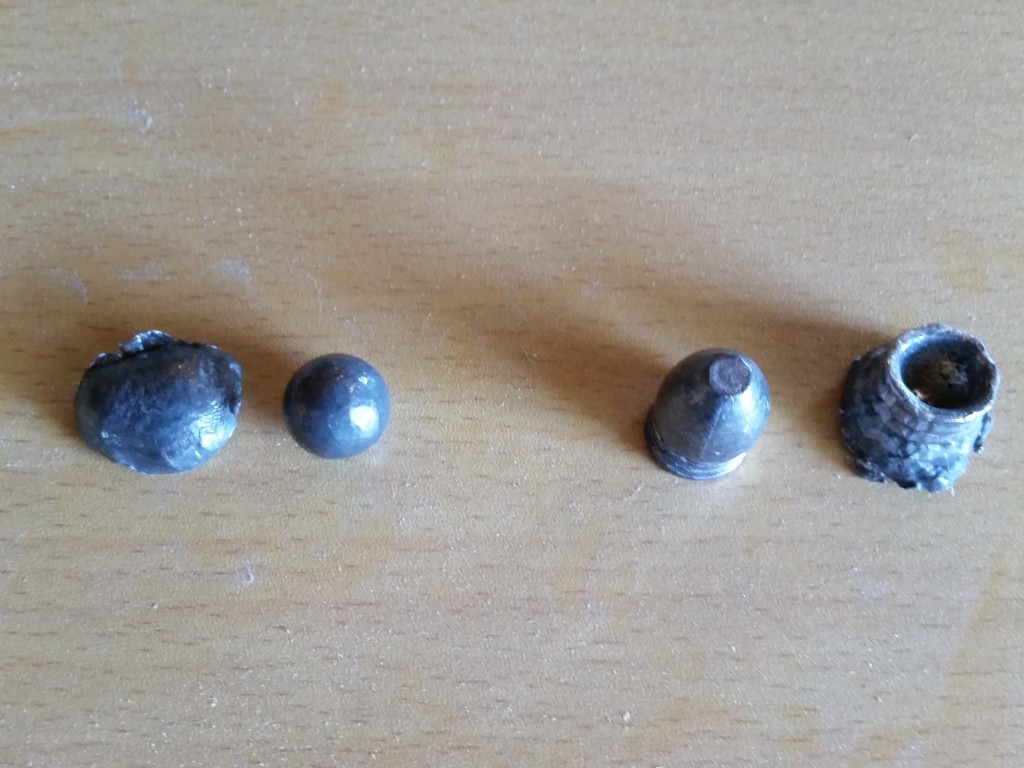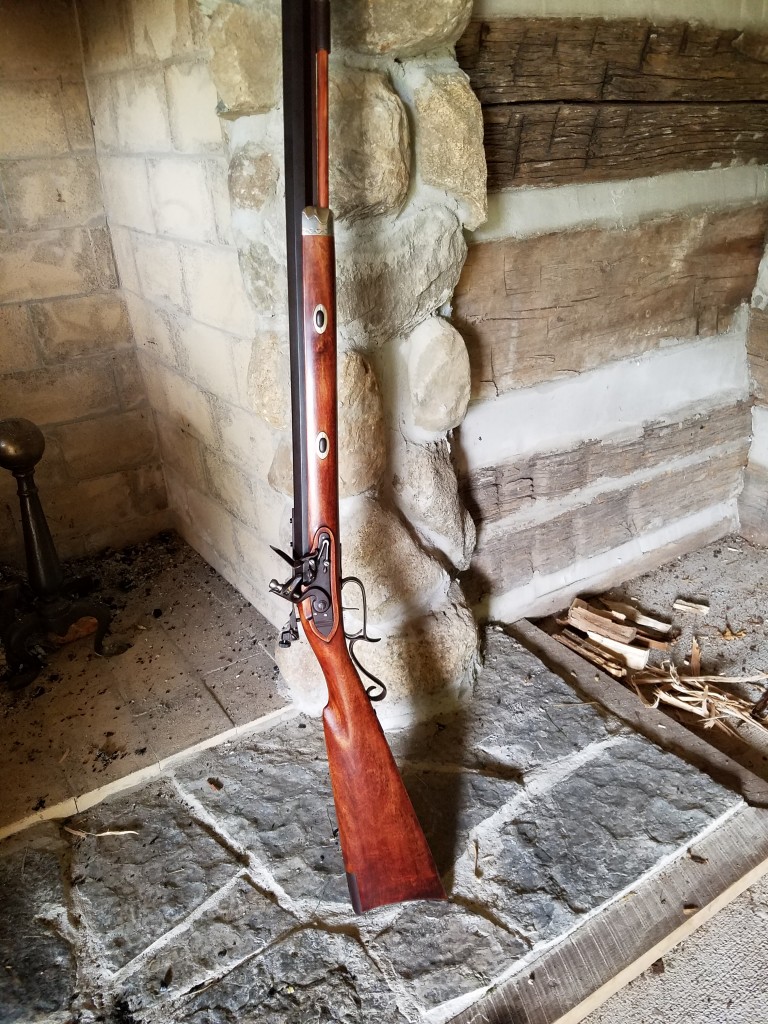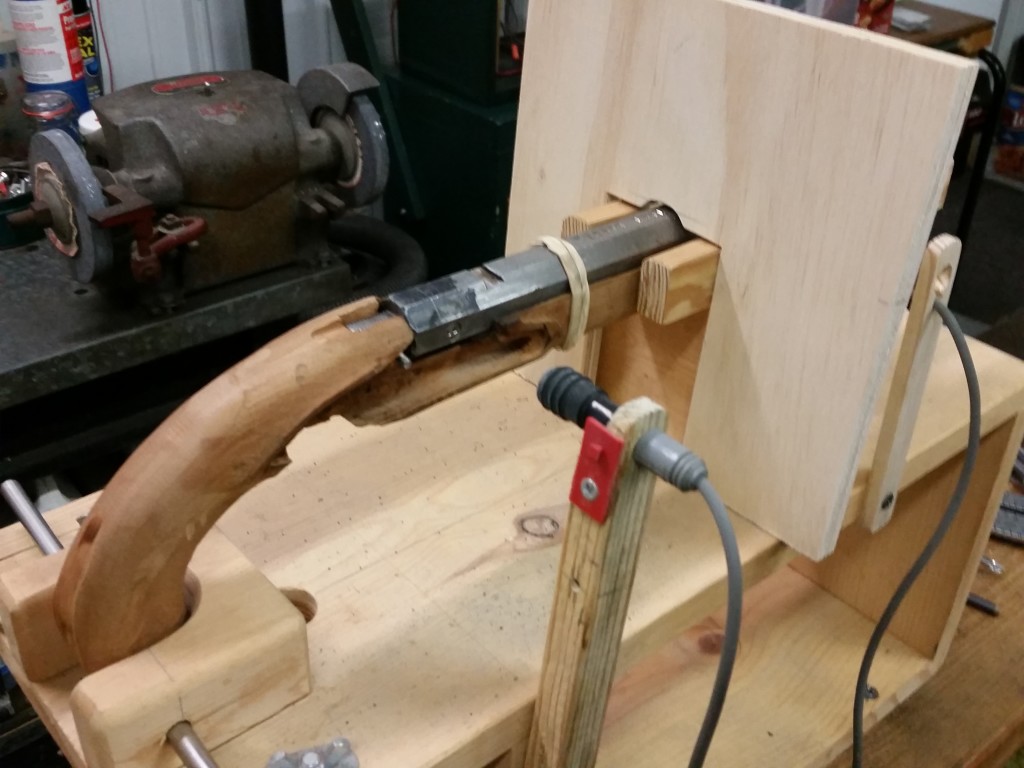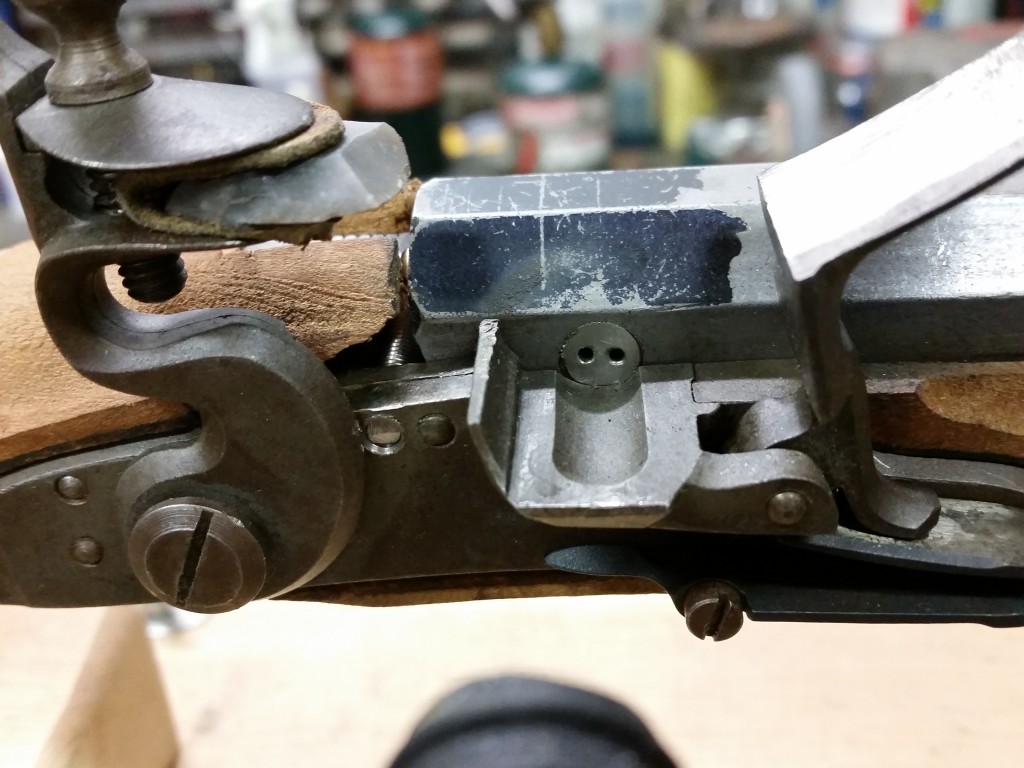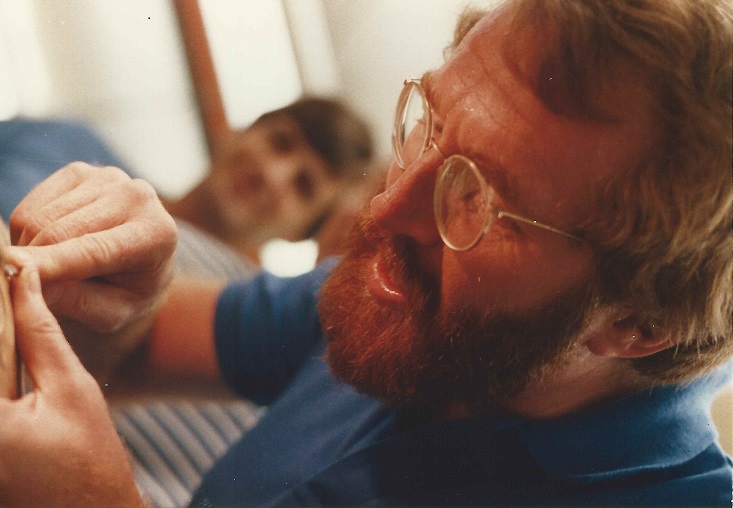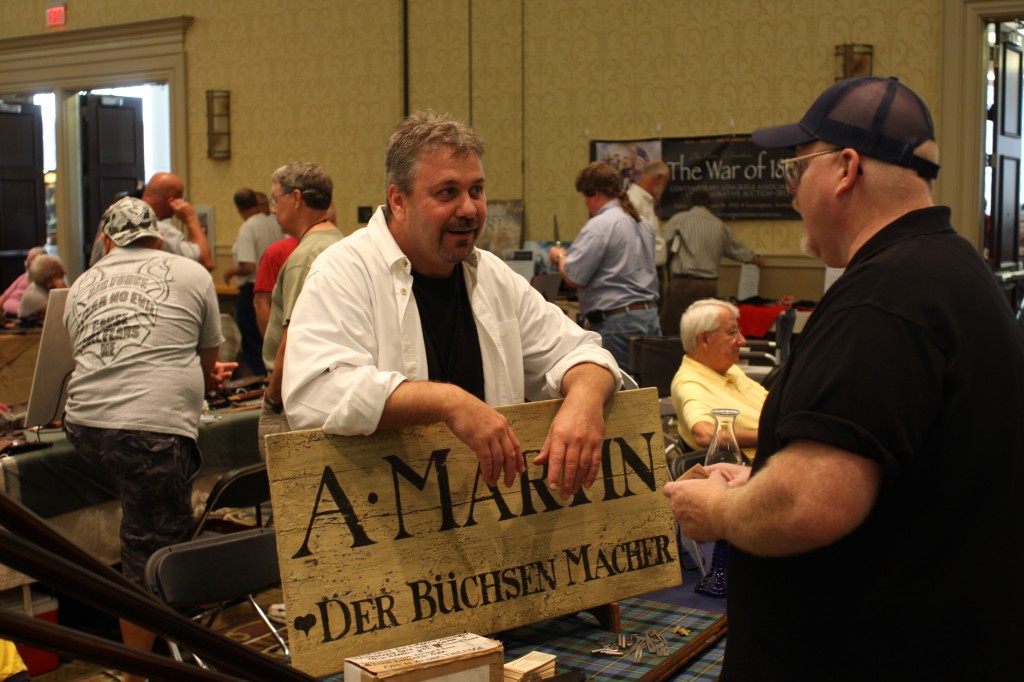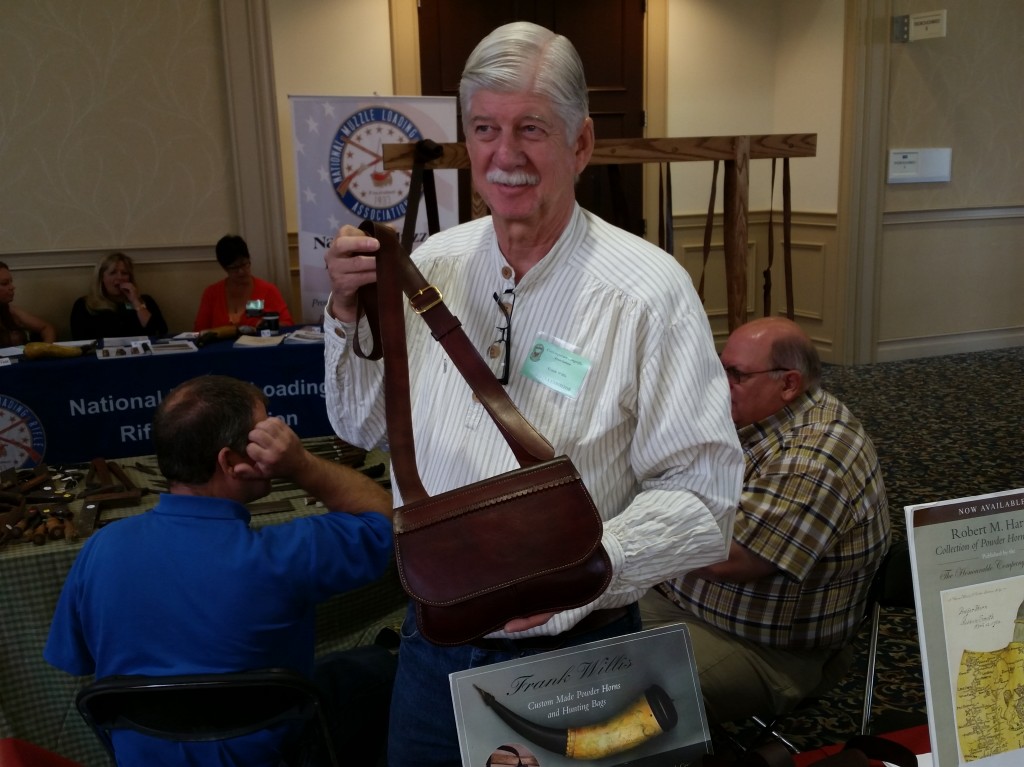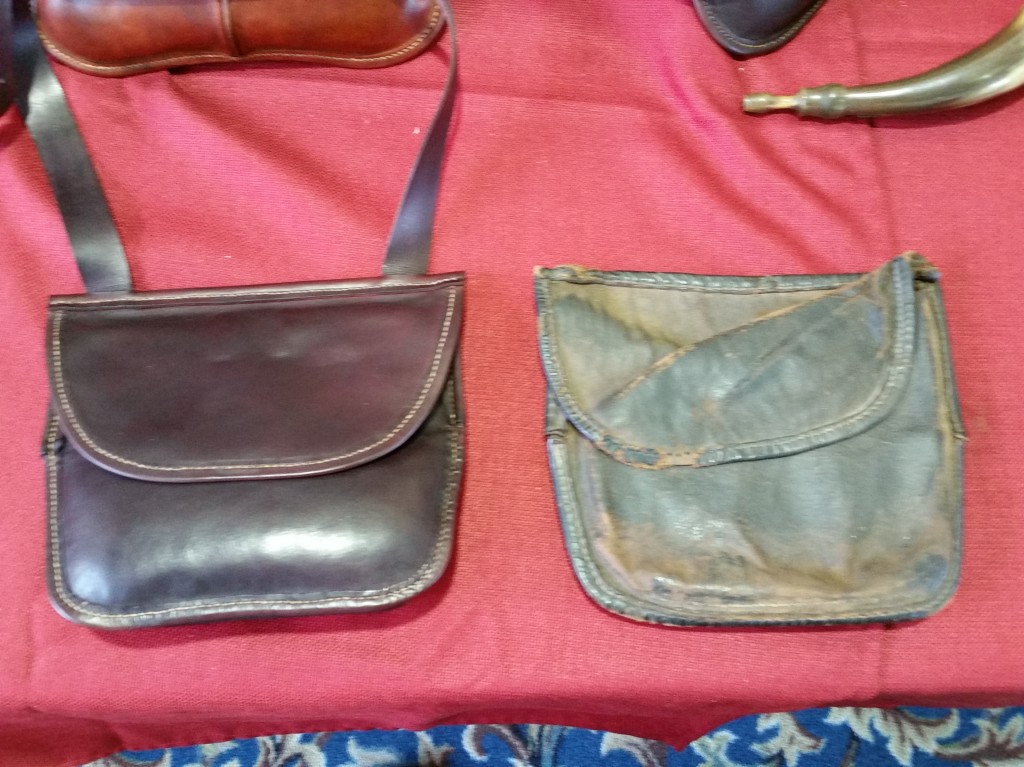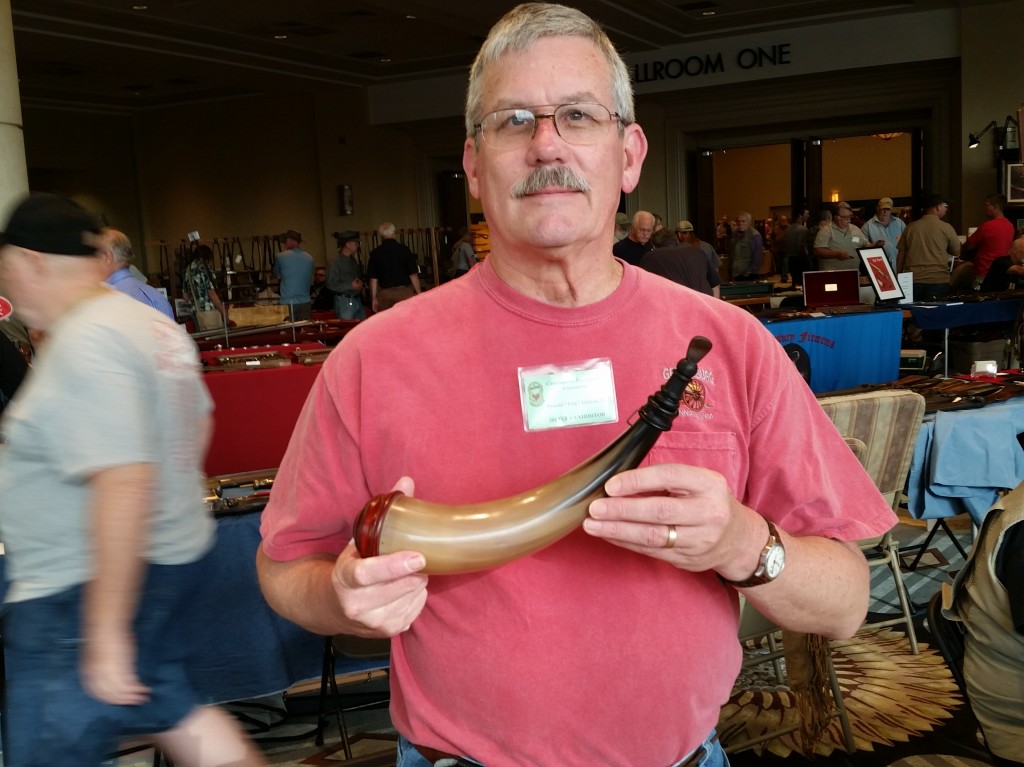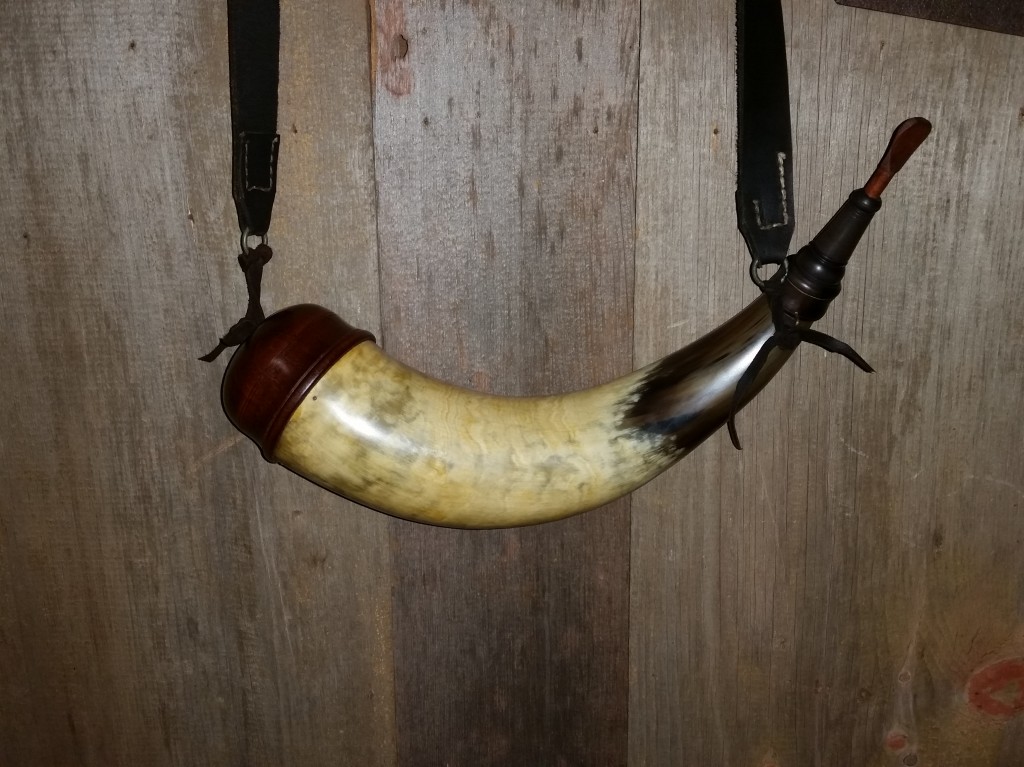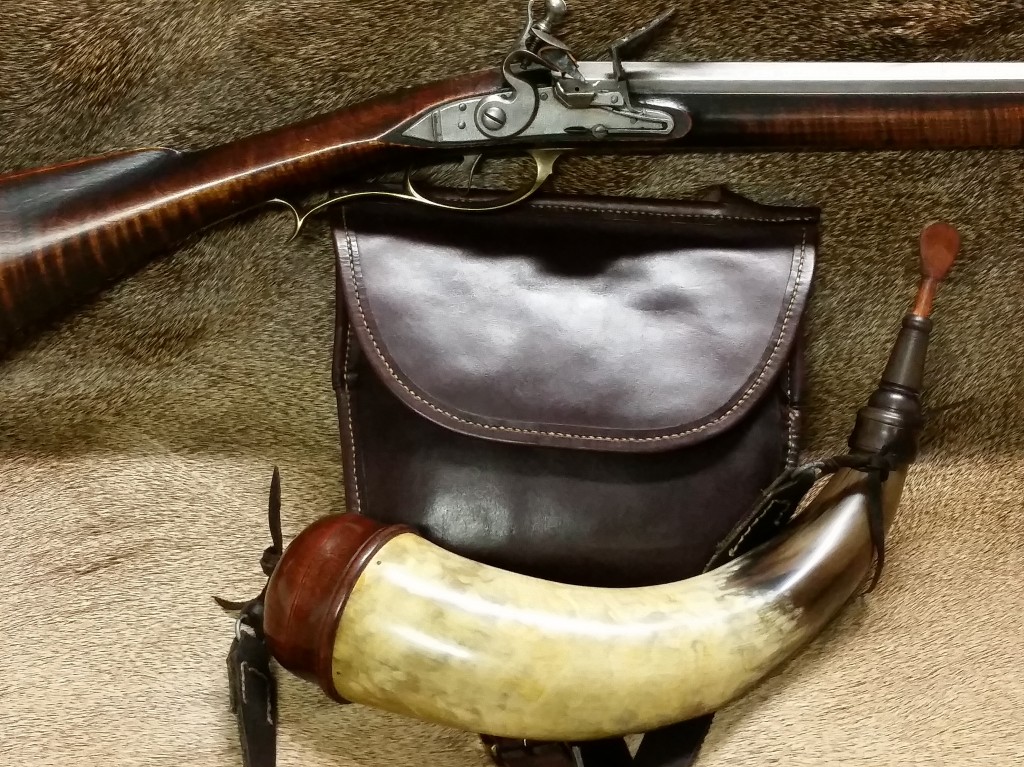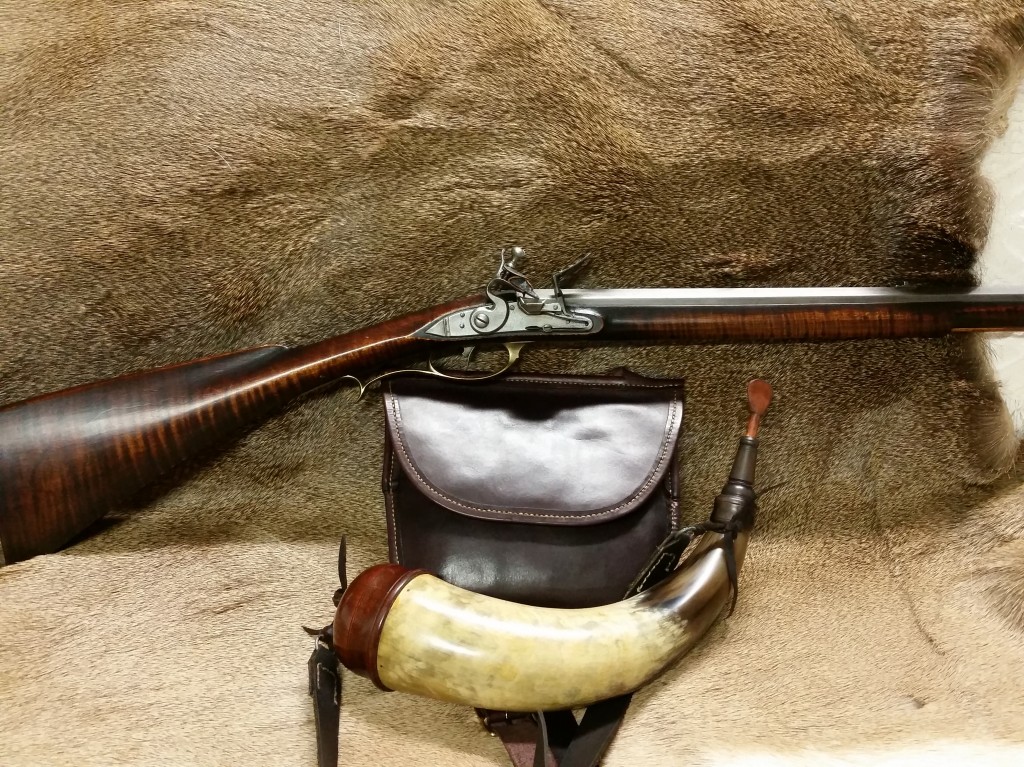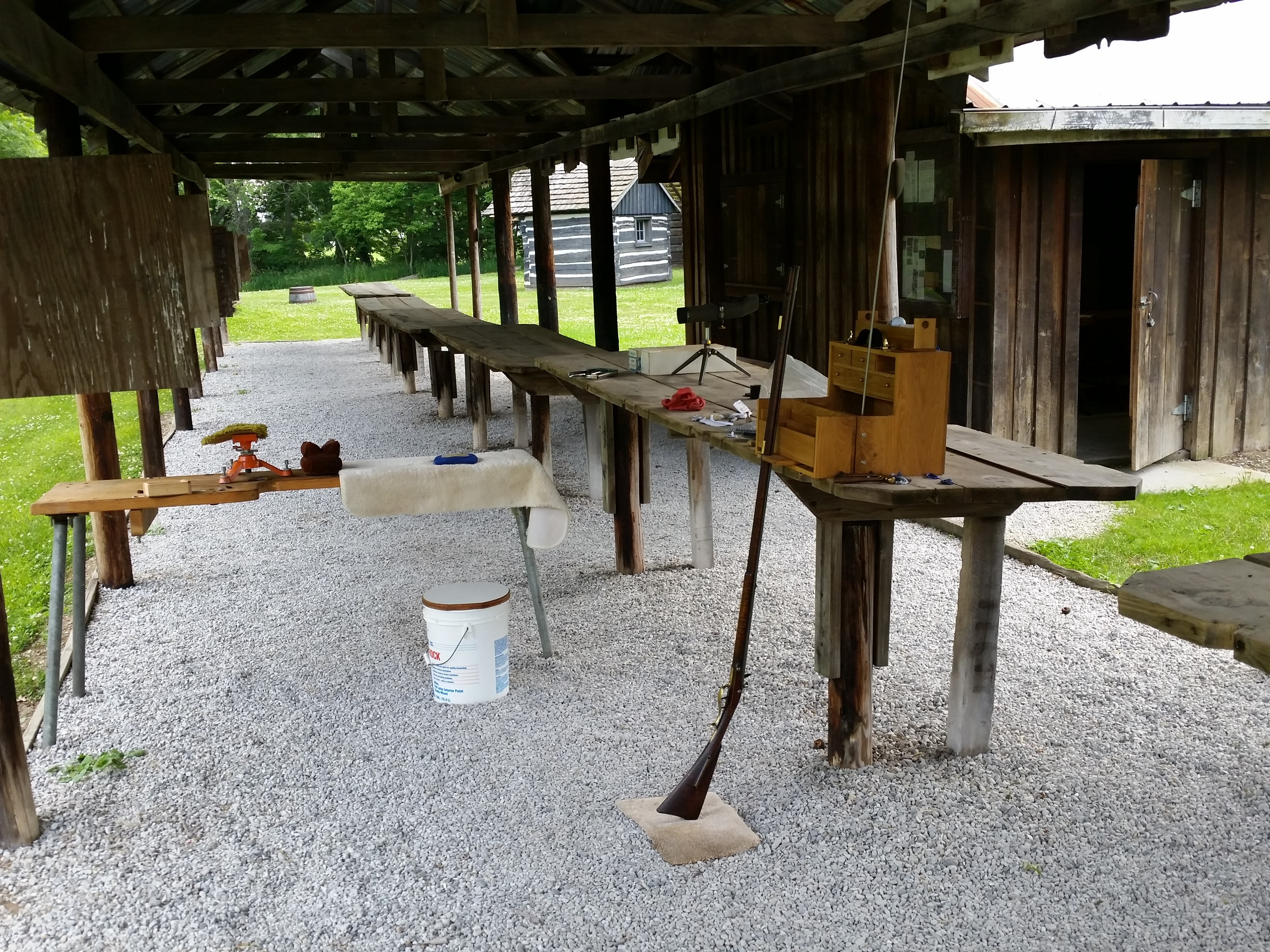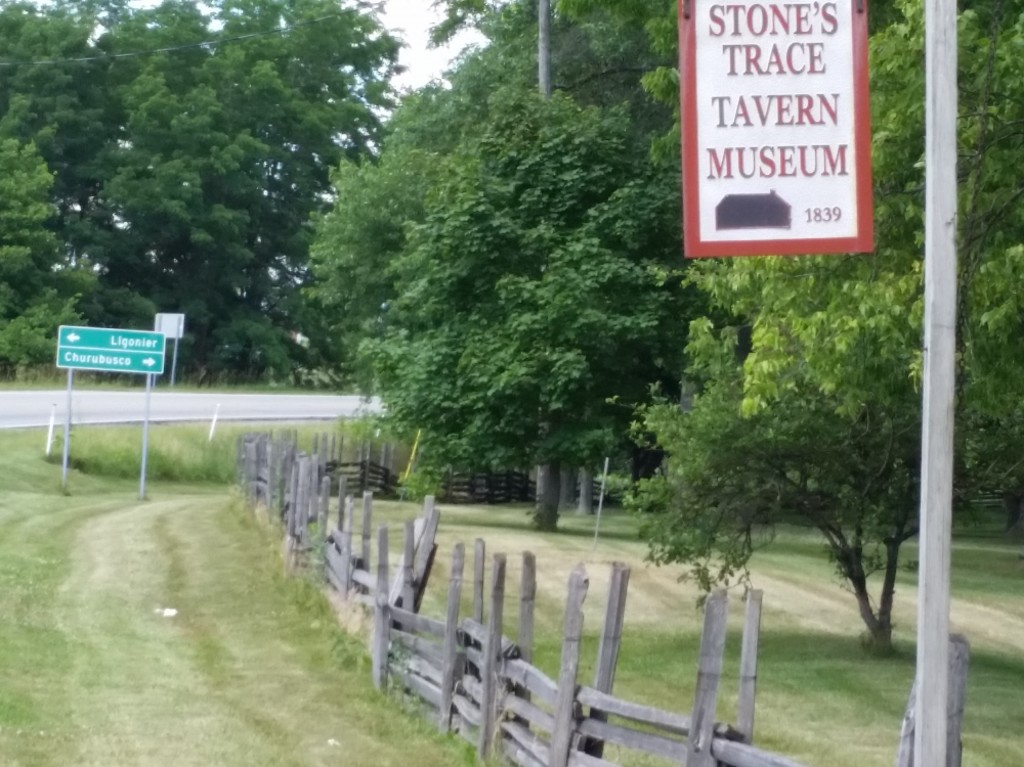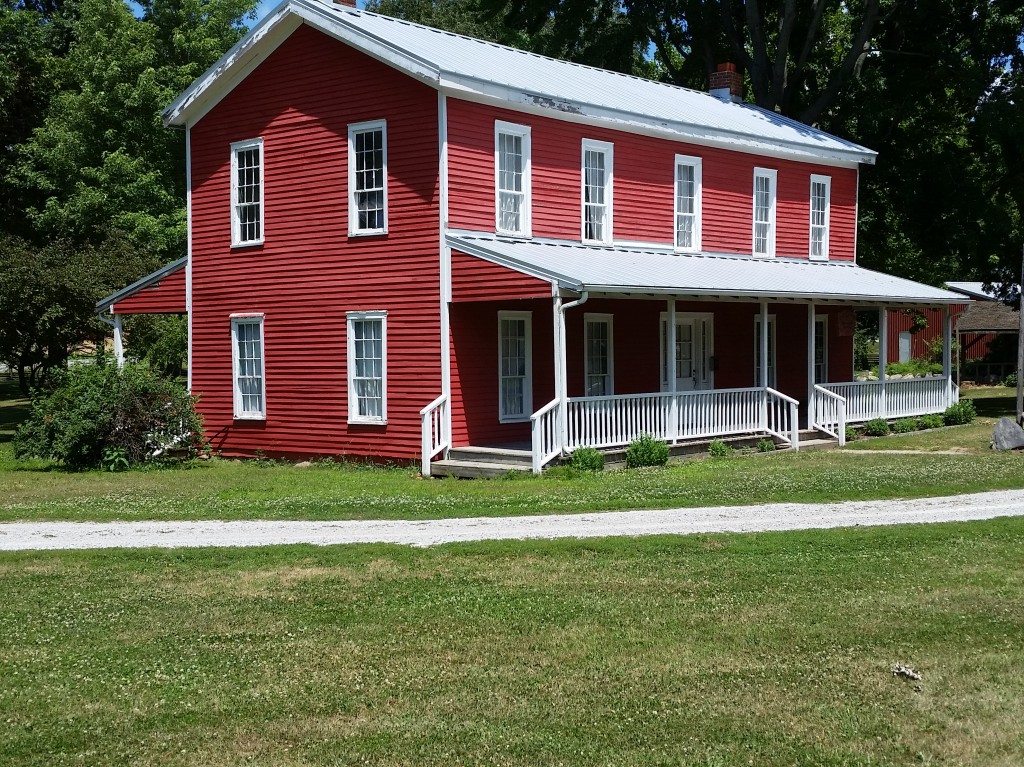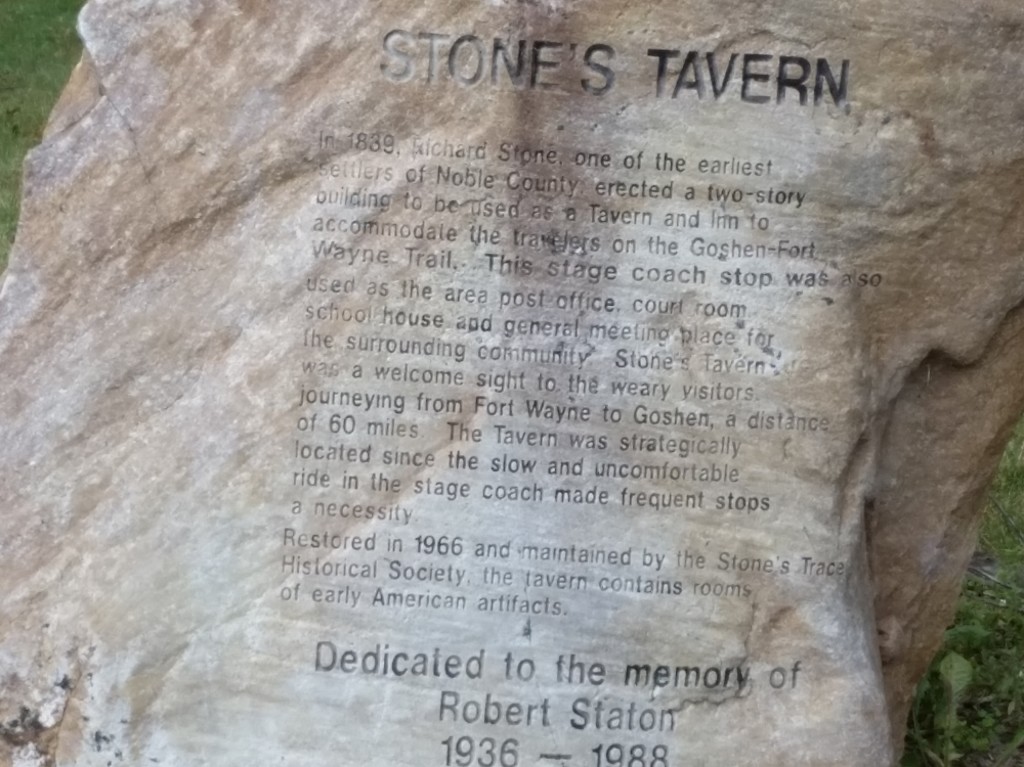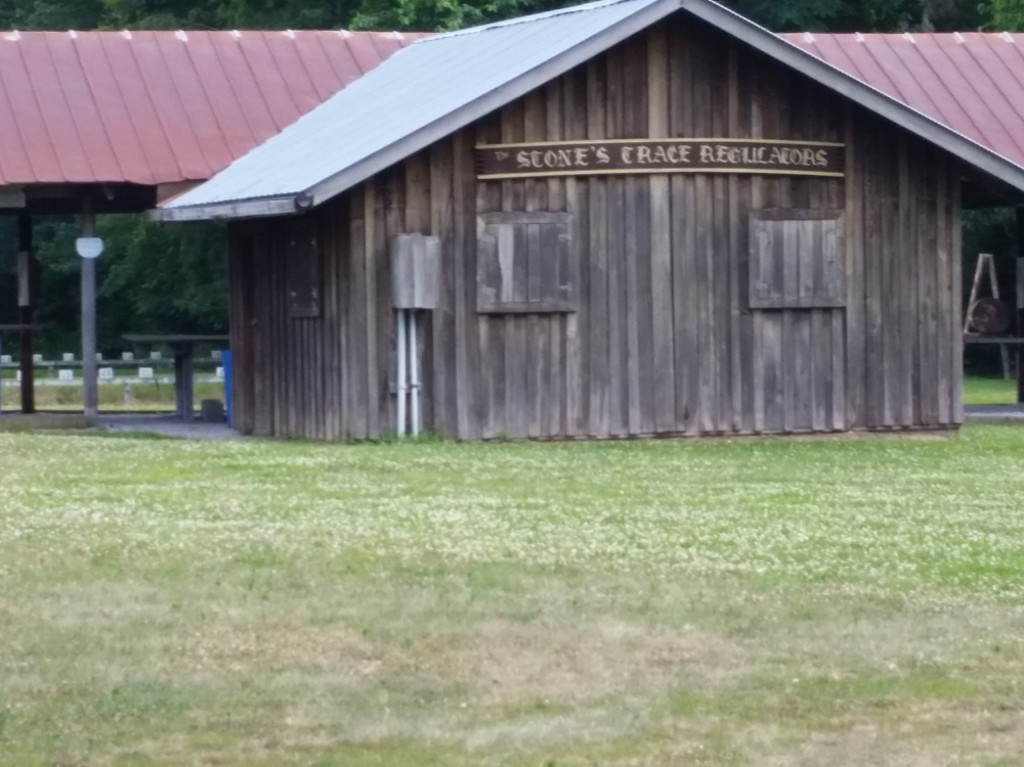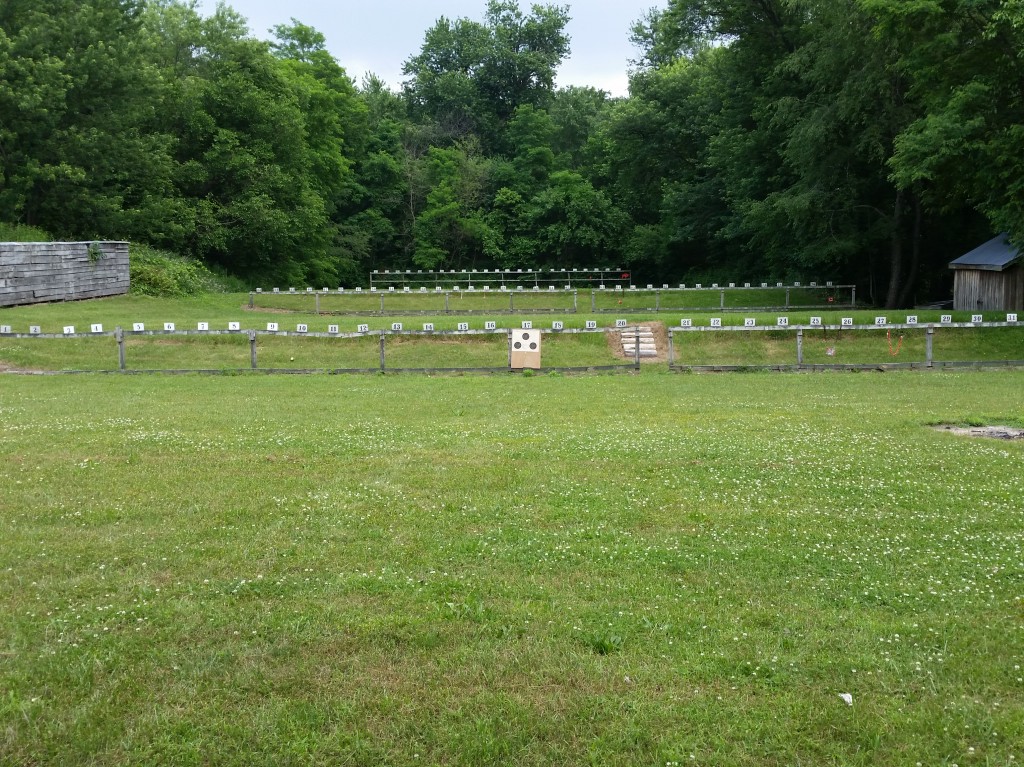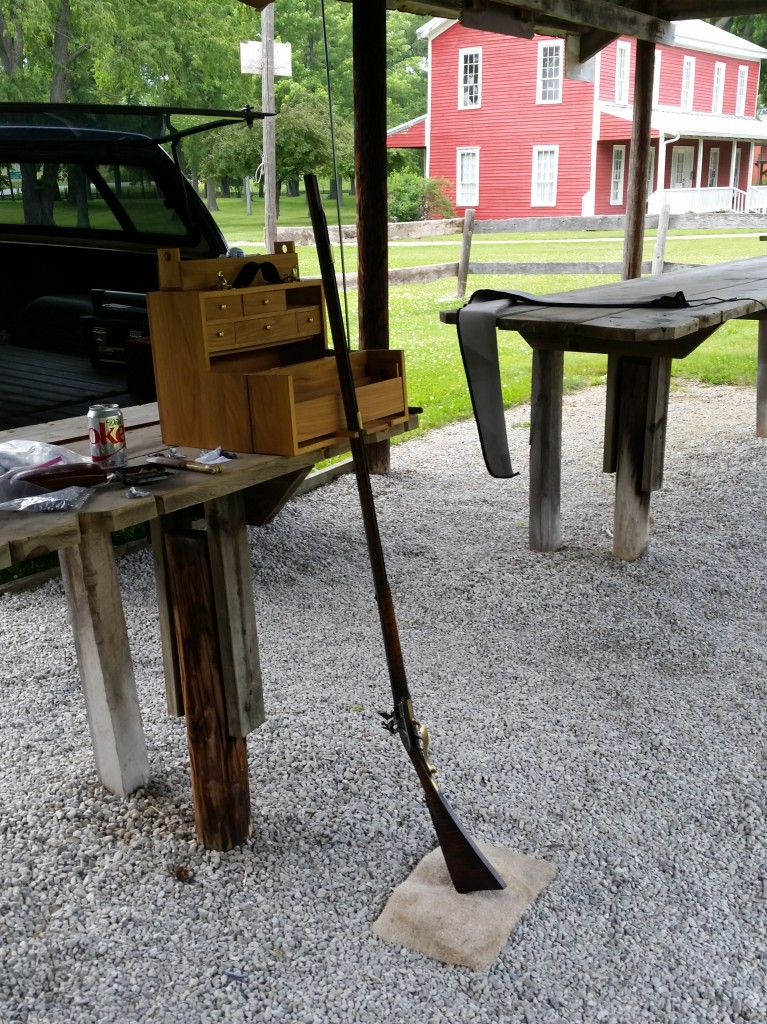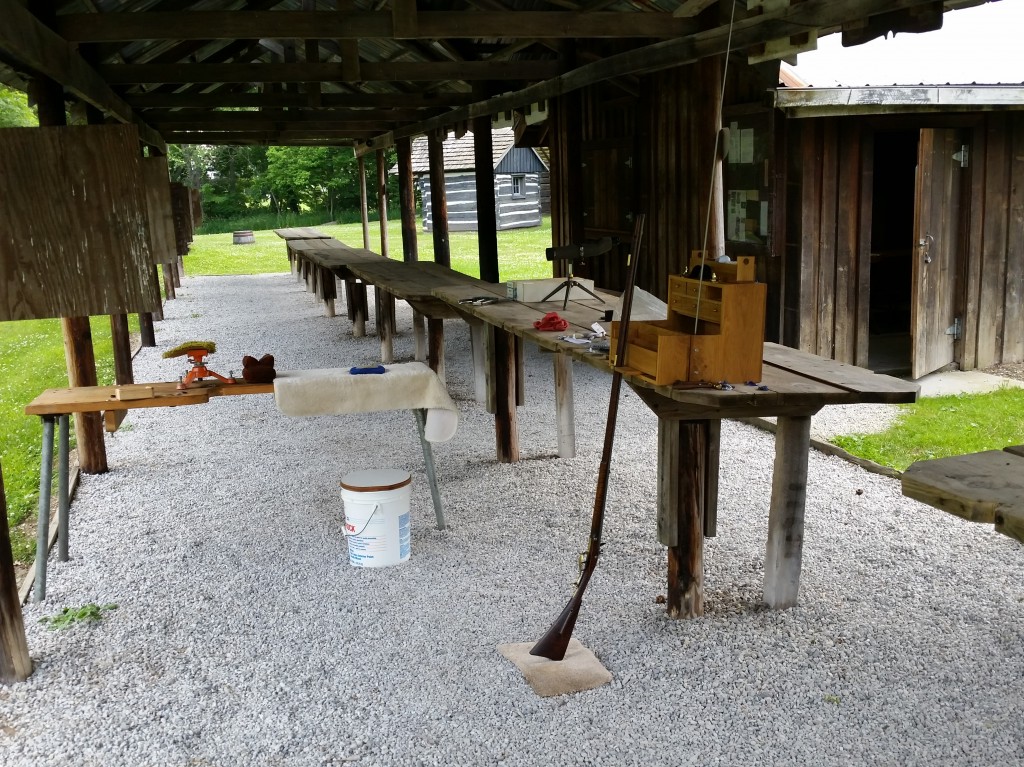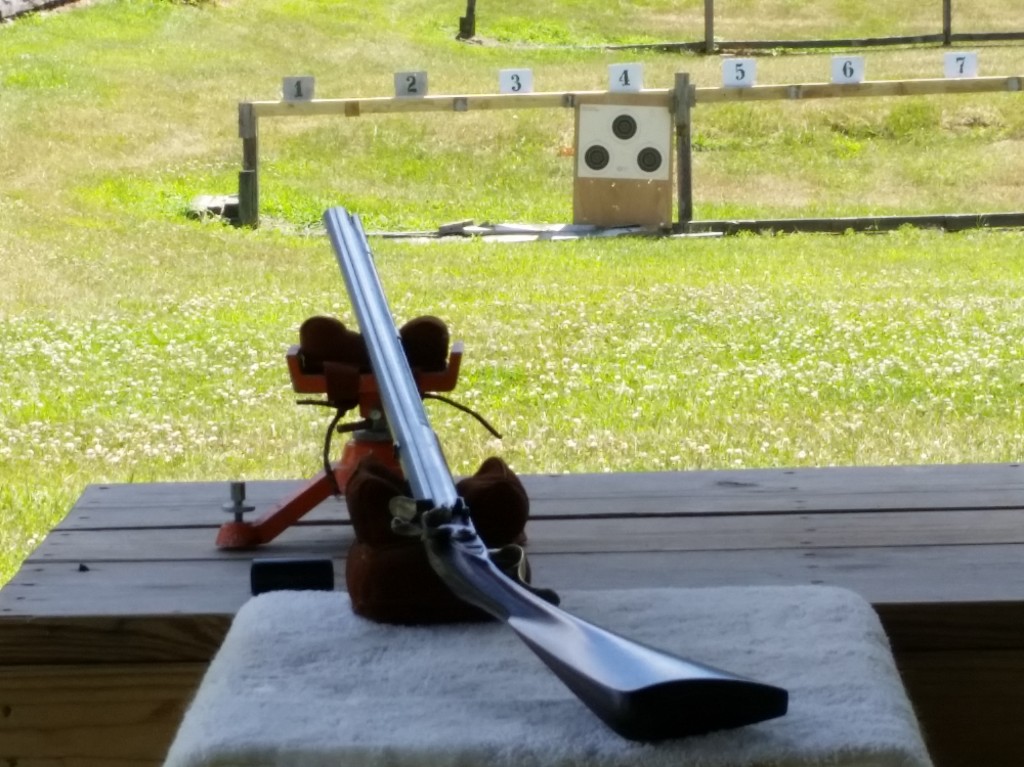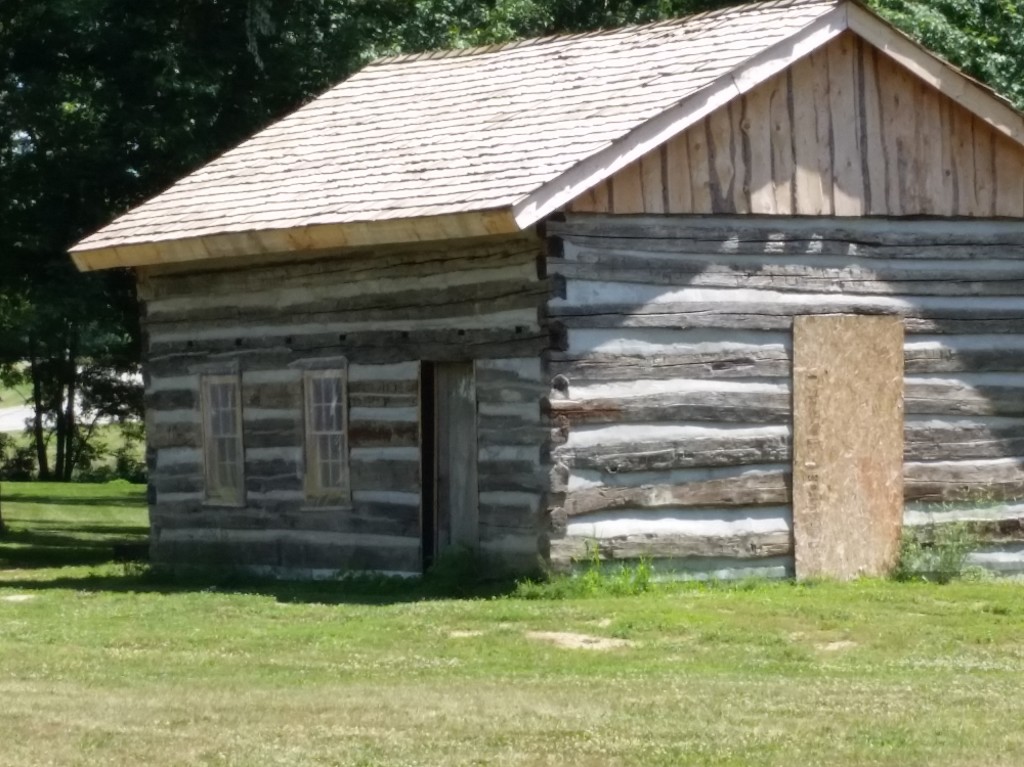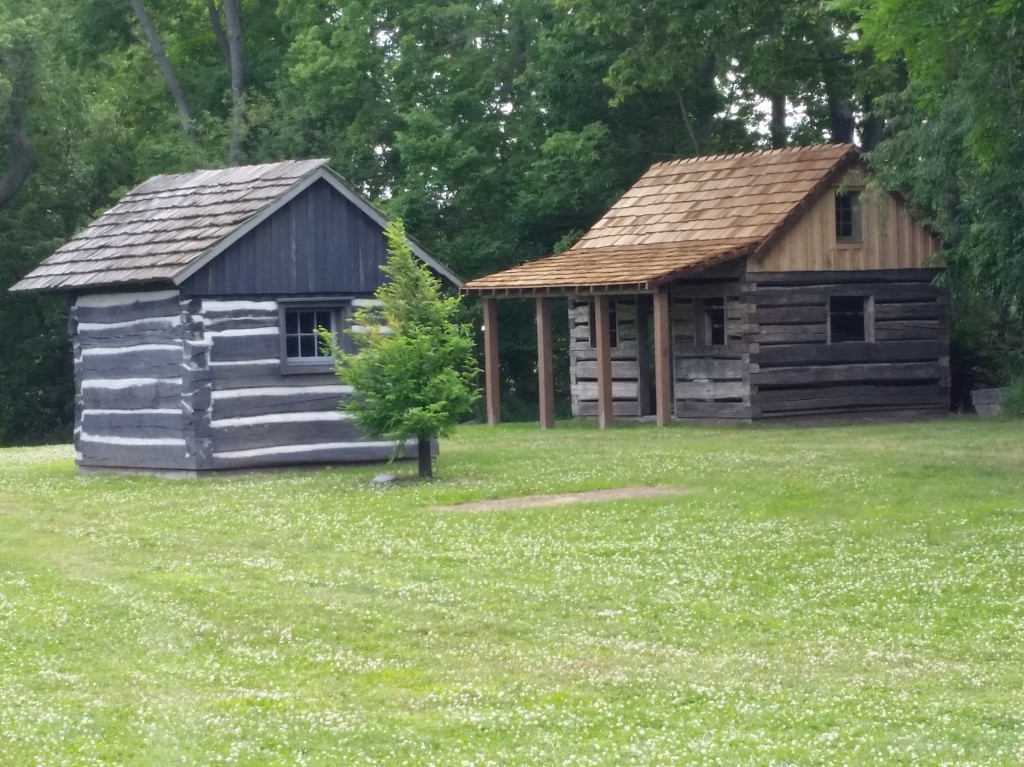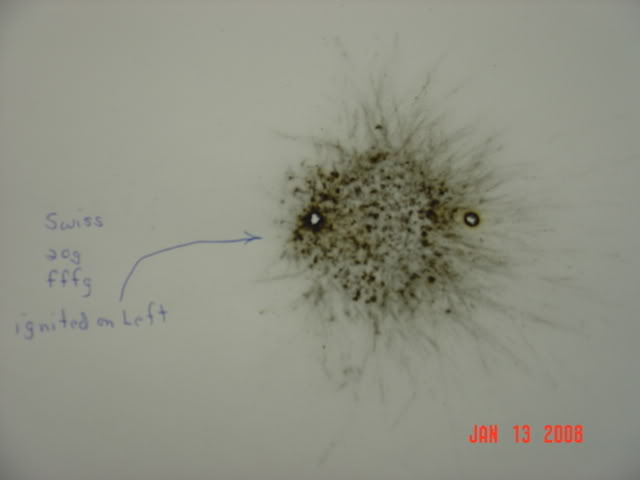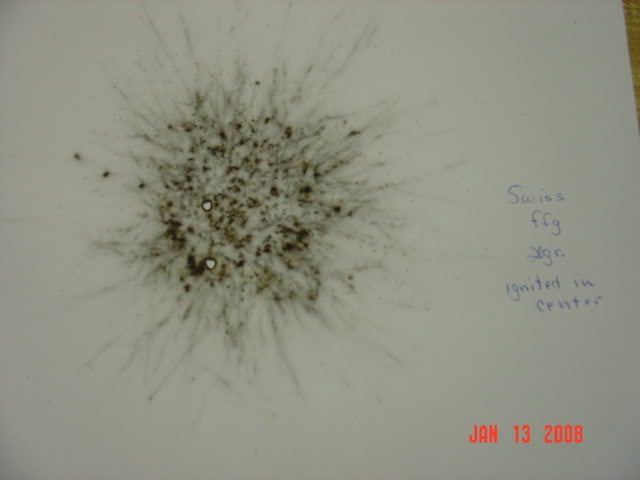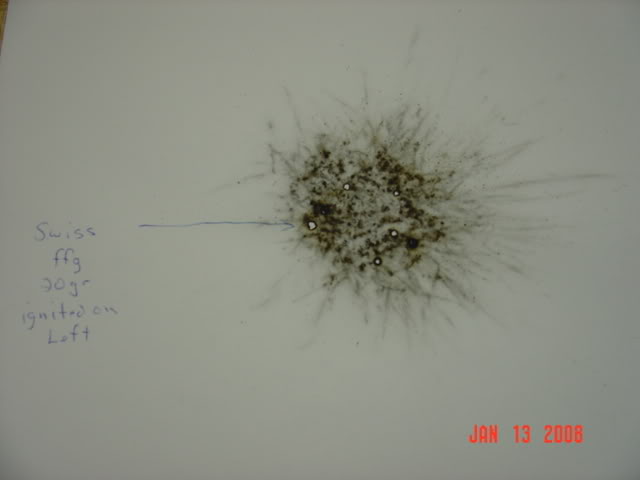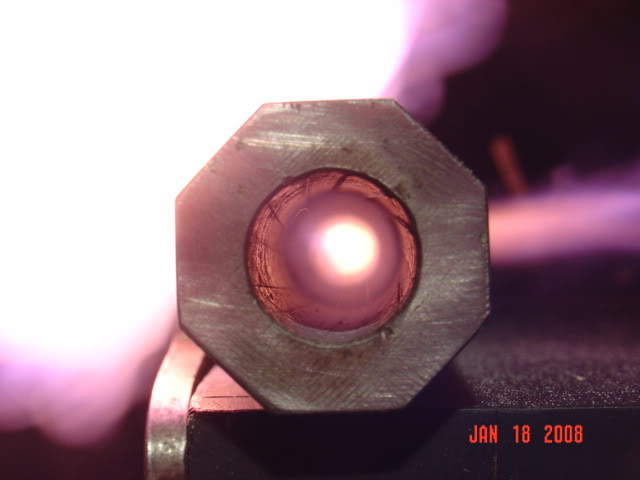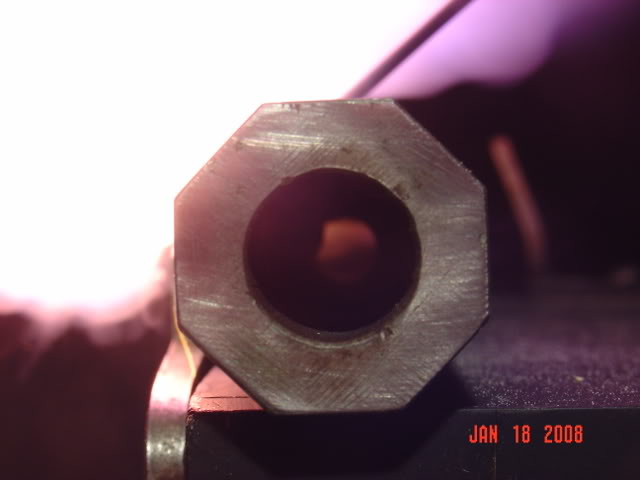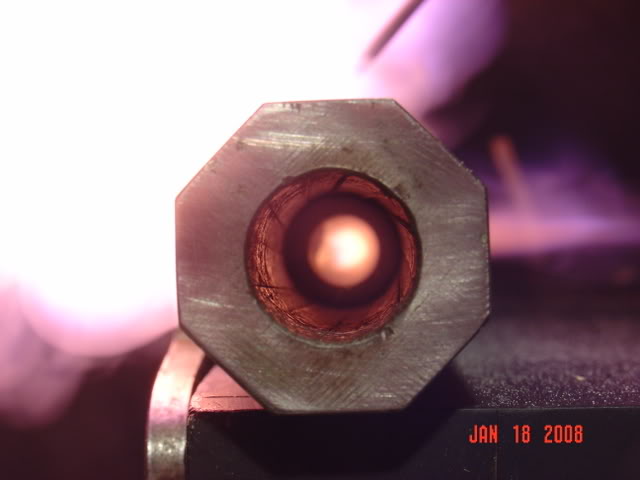Wayne Stormer is an experienced muzzleloader who posted this on FaceBook. It is reproduced here with his permission. He retains all publishing rights. Wayne and I are both interested in seeing newer black powder shooters get a good start.
CLEANING YOUR GUN
It keeps popping up on other sites off and on all the time. I see all sorts of concoctions and magical spells being used by novice and seasoned black powder shooters alike. Everyone looking to make the elusive magical patch lube and how to magically clean their guns. Lets dis-spell a few ideas and look at some basics here while avoiding debates.Remember there are new shooters to this sight as well and this is mainly geared towards them.
You’ve wiped your bore dry, loaded you new gun up, and you’ve fired it. You’ve wiped between shots, and are done for the day. You’ve got fouling in your bore, and it is time to clean things up and go home. That’s right. I’m talking about cleaning up right in the field or at the firing range after a shooting session. Maybe you choose to clean when you get home, but I like to clean my gun then and there.
The fouling residue in the gun has salts, carbon, and acids. Any internal combustion device will produce acids. That is just the way it is. It is time to neutralize and clean the gun. Your gun will smell good and so will you thus keeping the missus happy when you get home……especially if you are late to dinner again.
Everyone has their magical mystical way of doing things but, for the old boys, it gets down to the basics. Water, alcohol, and oil/grease to get the job done.
1- The water softens and removes the salts, acids, and grime.
2- The alcohol helps remove excess water and moisture.
3- The oil/grease neutralizes any remaining minute traces of salts
and gives a protective coating to the bore of the gun preventing
rust.
Want to use a modern wonder lube or cleaner? Be my guest and best of luck to you in your endeavors sincerely. For me, I got into shooting black powder in a more traditional sense to a point. I take a bottle of water, 70-90% Isopropyl rubbing alcohol with Wintergreen and Methyl Salicylate in it, followed with either WD40 or use an oiled/greased shooting patch. That is how I clean my bore and lock. Simple.
But what about these commercial wonder lubricants and cleaners? Do you need them? No and yes. Yet if they work for you, and you are routinely cleaning your gun, then I say go with it! Cleaning that gun is what matters. However, lets look at the basis of these things for a moment.
Whether it is crude oil from organic matter that has been in the ground, or the pitch & crude oil made from coniferous trees, all these “new” and improved things are the products of numerous distillations with things added and subtracted to attain various characteristics sought to do the things we want them to do. Pine oil, and other items made from such, is nothing new. The ancients and Appalachian folk new about such things. Trust me, Americans love to distillate things! For purely medicinal purposes only, don’t you know……..
What is behind these modern wonder lubes and cleaners? The same things that were used before through time. They made pine beers, soaps, oils, emulsifiers, inks and so much more. Anyhow, this distillation process of coniferous trees is where Tall Oil comes from which is a main ingredient in those magical lubes and cleaners. They are a pine detergent, and pine oil, added to mixed alcohol, with a non-polar solvent to keep them mixed as a single entity for use. Sometimes a little citrus oil thrown it as well. Nothing new under the sun. People have been making their own similar concoctions for some time but finally some folk saw there wasn’t a patent for such and obtained one for their concoction. Hey, free enterprise.
As for the distillates from crude pitch/asphaltus/crude oil from the ground, mankind has been using such for thousands of years where available as well. It too has brought about many distillates that we use. This brings us to Ballistol and WD40 products. Yes, they are distillate products blended with others to do specific jobs they were intended for. Ballistol is pretty well know and works, but WD40 has a mystery to it having been first brought about in 1953 by Norm Larsen with his Rocket Chemistry Company in San Diego, California and Ken East was set to work improving and creating different variation of it until he came up with Water Displacement formula 40. I guess you could say it is rocket science after all.
WD40 isn’t fish oil either boys and girls.That is what I heard as well before but it just isn’t so. Here is what it contains:
50% aliphatic hydrocarbons (long term non-volatile viscous oil)
<25% petroleum base oil distillate (light lubricating mineral oil)
12-15% low vapor pressure aliphatic hydrocarbon (evaporator)
2-3% carbon dioxide (propellant) if in a spray can
This gives you a product that has penetrating anti-corrosion ingredients, with water displacement in even the tiniest minute crevices (like the area where the breech plug with threads connect with the barrel threads), and soil removal, leaving a rust inhibitor on the metal. It is a low viscosity oil easy to remove and not a heavy oil. Night and day items with different properties and characteristics.
Don’t forget that your iron barrel guns are similar but different critters from yesterday’s evolving carbon steel barrels and today’s high carbon, molybdenum, and chromium molybdenum steel barrels being made. Different properties and characteristics. You might have to season iron barrels, but you have to coat and protect your steel barrels because most steels rust quickly. Therefore you must be on top of the game with your steel barrels to prevent rust getting any toe hold on your gun. That means cleaning and oiling your gun as soon as you can as humidity and moisture are your enemies in an unclean gun.
Please, we aren’t going to have debates over how long one’s gun can go before cleaning either. Not everyone lives in a low humidity area and home or in a high humidity region. You may not see it but your bore is being affected ever so slightly when you leave fouling in it. Things can culminate over time.
There you have it. Cleaning your gun is important and is fun with the right attitude. Maintenance is a part of life. It can also be an enjoyment while inspecting your gun for things needing attention before they become a problem too.
As long as you clean your gun and oil it WHICH EVER WAY YOU PREFER (emphasizing only), it’ll do well and so will you. Just be sure to wipe the bore dry, and clean the touch hole or percussion ignition pathway, before loading and you’re all set to go. It is and isn’t rocket science.
Wayne, thank you for your contribution.
Larry Pletcher, editor
